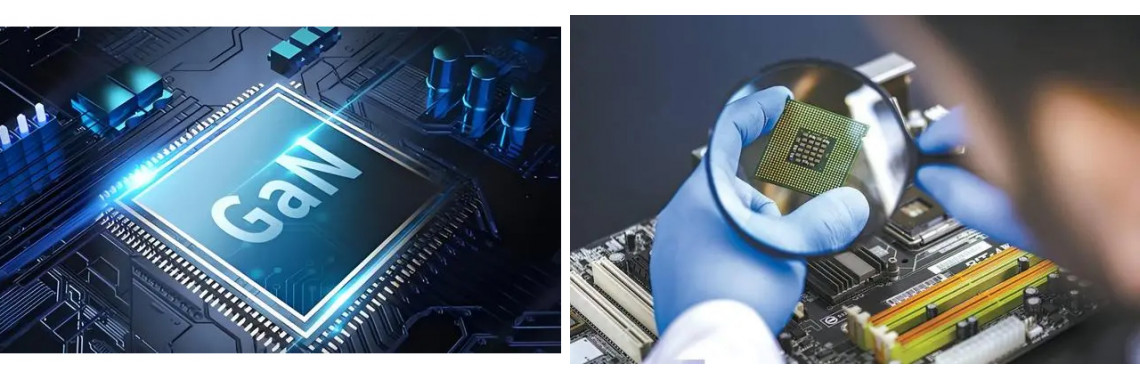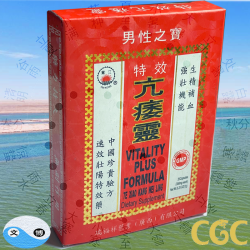China has developed gallium nitride quantum light source chips for the first time in the world

By Wenwen WANG - 19/04/2024 - 0 comments
A Chinese scientific research team has successfully developed a gallium nitride quantum light source chip. This is the world's first gallium nitride-based quantum light source chip and is of great significance to the development of the quantum Internet. This achievement has overcome a number of technical difficulties and has wider wavelength resources and single-chip integration potential.
On the 18th, the reporter learned from the Information and Quantum Laboratory of University of Electronic Science and Technology of China that the research team of the laboratory, in cooperation with Tsinghua University and the Chinese Academy of Sciences Shanghai Institute of Microsystems and Information Technology, has developed gallium nitride quantum light source chips for the first time in the world. This is another important progress made by the "Ginkgo No.1" metro quantum Internet research platform of University of Electronic Science and Technology of China, and the related results were recently published in the Physical Review Express.
"An integrated quantum light source is increasingly desirable in large-scale quantum information processing. Despite recent remarkable advances, a new material platform is constantly being explored for the fully on-chip integration of quantum light generation, active and passive manipulation, and detection. Here, for the first time, we demonstrate a gallium nitride (GaN) microring based quantum light generation in the telecom C-band, which has potential toward the monolithic integration of quantum light source. In our demonstration, the GaN microring has a free spectral range of 330 GHz and a near-zero anomalous dispersion region of over 100 nm. The generation of energy-time entangled photon pair is demonstrated with a typical raw two-photon interference visibility of 95.5±6.5%, which is further configured to generate a heralded single photon with a typical heralded second-order autocorrelation gH(2)(0) of 0.045±0.001. Our results pave the way for developing a chip-scale quantum photonic circuit."
It is understood that the quantum light source chip is the core device of the quantum Internet, which can be seen as a "quantum light bulb" to light up the "quantum room", enabling Internet users to have the ability to interact with quantum information.
The research team has overcome technical challenges such as high-quality gallium nitride crystal film growth, waveguide sidewall and surface scattering losses through iterative electron beam exposure and dry etching processes, and has applied gallium nitride materials to quantum light source chips for the first time internationally.
At present, quantum light source chips are mostly developed using materials such as silicon nitride. Compared with gallium nitride quantum light source chips, the output wavelength range has increased from 25.6 nanometers to 100 nanometers and can be developed towards single-chip integration.
"This means that the 'quantum bulb' can light up more rooms." Zhou Qiang, professor of the Institute of Basic and Frontier Studies of University of Electronic Science and Technology of China and director of the Quantum Internet Frontier Research Center of Tianfu Jiangxi Laboratory, explained that more wavelength resources can enable more users to access the quantum Internet using different wavelengths.
Not long ago, the team increased the capacity of solid-state quantum storage in the fiber optic communication band to 1650 modes, breaking the world record in this field. A series of research progress will further provide key devices for the construction of high-capacity, long-distance, high fidelity quantum Internet.
中国成功研制出世界上首个氮化镓量子光源芯片
4月18日,《科技日报》记者从电子科技大学信息与量子实验室获悉,近日,该实验室研究团队与清华大学、中国科学院上海微系统与信息技术研究所合作,在国际上首次研制出氮化镓量子光源芯片,这也是电子科技大学“银杏一号”城域量子互联网研究平台取得的又一项重要进展,相关成果发表在《物理评论快报》上。
据了解,量子光源芯片是量子互联网的核心器件,可以看作点亮“量子房间”的“量子灯泡”,让互联网用户拥有进行量子信息交互的能力。
研究团队通过迭代电子束曝光和干法刻蚀工艺,攻克了高质量氮化镓晶体薄膜生长、波导侧壁与表面散射损耗等技术难题,在国际上首次将氮化镓材料运用于量子光源芯片。
目前,量子光源芯片多使用氮化硅等材料进行研制,与之相比,氮化镓量子光源芯片在输出波长范围等关键指标上取得突破,输出波长范围从25.6纳米增加到100纳米,并可朝着单片集成发展。
“这意味着,‘量子灯泡’可以点亮更多房间。”电子科技大学基础与前沿研究院教授、天府绛溪实验室量子互联网前沿研究中心主任周强解释,通过为量子互联网的建设提供更多波长资源,可以满足更多用户采用不同波长接入量子互联网络的需求。
就在一个多月前,该团队将光纤通信波段固态量子存储的容量提升至1650个模式数,突破了该领域的世界纪录。接连的研究进展,将进一步为大容量、长距离、高保真量子互联网的建设提供关键器件基础。
Tags: quantum Internet, silicon nitride, gallium nitride
Featured
Blood Tonic Syrup
naturally relieving anemia and irregular menstruation. It helps women, blood loss recovery, the elde..
Hair Health (Wu Xu Sheng Fa Su) 72 Pills x 12
Used for premature grey hair, early white hair, thinning, dry hair, alopecia areata and hair loss af..
Vitality Plus Formula 20 cps x 6
helps restore and enhance your masculine energy, promotes sexual vigor and performance naturally. Ch..
Everyday Chinese 900 with Audio Pen -Spanish Version
Authentic language for real-life communication! Everyday Chinese enables beginning foreign learners ..





Comments
Write a comment